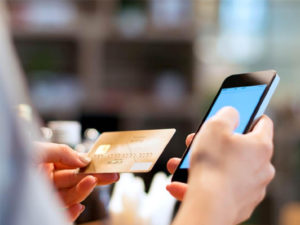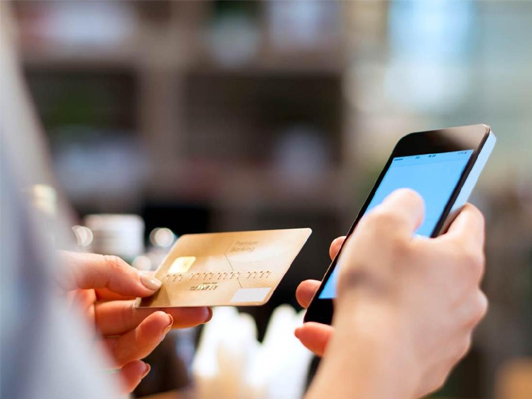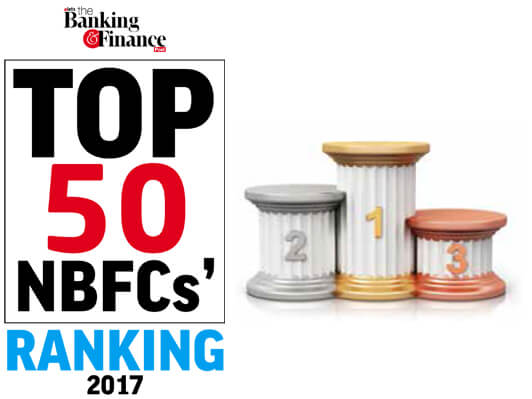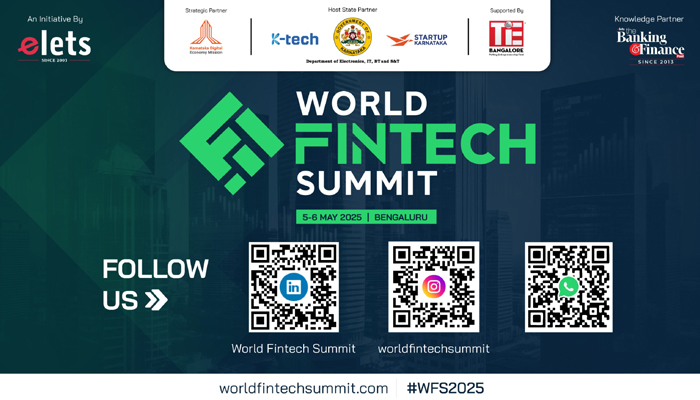 India is witnessing an essential phase where the government, regulator, banks, service providers and even consumers are working towards a less-cash economy.
India is witnessing an essential phase where the government, regulator, banks, service providers and even consumers are working towards a less-cash economy.The launch of Bharat Interface for Money (BHIM) app based on Unified Payments Interface (UPI) along with other UPI apps has created a new digital payment ecosystem in the country. It is supplemented with the phenomenal growth of mobile users across India.
Today, investmentsare happening in infrastructures like BharatQR, UPI enabled apps,proximity payments, blockchain, mPOS etc. We are movingtowards a world where everything happens on single tap.
Interestingly, according to the E–Government Survey released by United Nation, India jumped to the 96th positionin top 100 of the United Nation’s E–Government Index 2018 which was previously ranked 118 in 2014.
The jump shows the impact on digital technologies and innovations in public sectorandhow it has changed the lives of a layman.
Below mentioned are some of the emerging use cases highlighting payment methods that can pave the way for progressive future in digital payments.
Mobile: With over a billion mobile phones in the country and data cost falling by over 90 per cent, payment industry players are gung-ho about facilitating customers with mobile based e-payment solutions. There are multiple apps today for initiating p2p and p2m transactions using mobile wallets or UPI. Notably, several third party players are leveraging their reach to on-board new consumers by incentivising them with attractive cashback offers.
Debit & Credit cards: About 950 million debit cards and about 50 million credit cards are currently in circulation and hence, card, as a payment instrument will remain the most preferred option among consumers. The number of POS machines is also expected grow from existing 4 million units. It is also worth mentioning that new merchants are gradually deploying POS machines and existing merchants are accepting payments through cards as government has waved off MDR charges up to Rs. 2000. This is significantly building confidence among merchants with respect to usage of cards.
Additionally, other payment services like biometrics, voice based payments and wearable devices are expected to play vital role in driving the digital payments in near future. However, in order to transform India into a digital economy, the citizens should be educated to operate, undertake and be able to use information technology. Government of India has taken various initiatives like “Pradhan Mantri Gramin Digital Saksharta Abhigyan” (PMGDISHA) which will impart digital literacy to 6 crore households in rural areas by 31st March 2020. Going forward, such clear road maps are essential to align larger rural population but the road to digitalisation is quiet promising.
(Views expressed in this article are a personal opinion of Vishal Maru, Senior Vice President, Merchant Payment Services, Loyalty and Digital Payments, Worldline India.)
Elets The Banking and Finance Post Magazine has carved out a niche for itself in the crowded market with exclusive & unique content. Get in-depth insights on trend-setting innovations & transformation in the BFSI sector. Best offers for Print + Digital issues! Subscribe here➔ www.eletsonline.com/subscription/














